Have you ever heard about a nightmare for a jet pilot, I mean except other, the one I know is foggy environment just when showers with thunders happen, a complete blackout and you can’t even land and are expected to have a fuel shortage. In such situations visual aids and lights might help you to land before your death.
Now if you are driving on the roads of ratcliff Highway London in the mid of night with a blackout thunderstorm of cats and dogs you might need help and assistance from some one regarding where the road centerline is where the road should is.
These are the situations where visual aids on highways and roads do come to rescue you. There is a term usually spoken “raised pavement markers” and as the name suggests it is self explanatory that it is a safety device slightly raised above the road level and will mark or delineate the edge, center or turning or end of a road.
What are Raised Pavement Markers?
Raised Pavement Markers are sometimes simply referred as reflectors and include lense or sheeting that enhances their visibility by reflecting automotive headlights. One of the most common types of Raised Pavement Markers (RPM) is Cat’s eye sometimes also referred as Studs or traffic delineators, road markers, road reflectors. It is actually retroflective safety device which means it reflects back the light from the traffic with minimum scattering.
 |
|
| Eyeshine from retroreflectors of the transparent sphere type is clearly visible in this cat\’s eyes |
What is the Name of Reflectors on the Road?
Cat’s eyes or Raised Pavement Markers are used in highway centerlines and edge lines as a traffic safety measure to provide more positive guidance for motorists in inclement, stormy, sever, rough and bad weather having low light conditions. These devices are being used throughout the world now by most of the traffic and highway agencies. The common uses of these raised pavement markers or cat eyes is :-
1) As a substitute for painted lines and lane marking paints
2) Supplement and aid the help of painted and lane markings
3) As a position guidance device
Invention of Catseye Road Reflectors
The cat’s eyes are invented in 19th Century by Percy Shaw, who was American but according to the Oxford Paperback Encyclopedia 1998 edition has was a Yank. Percy was from Halifax near West Yorkshire, England. He was born in Lee Mount and at the age of two his family moved to the house in Boothtown where he was to spend the rest of his life inventing and making things, and where, at the age of 86, he died.
During 1930s, after the death of his father, Percy had setup a business making and repairing roads he also invented a mechanical pavement roller; using an old Ford engine, three solid-tyred wheels from an old lorry and other bits and pieces. How percy hit on the idea of catseye to light the way in the dark is the stuff of legend several in fact.
Who Invented Catseye Road Reflectors?
During that era, trams were very common, motorists had to rely on the reflection of their headlights on the tramlines at dark nights. As cars and busses made the trams obsolete the tramlines were removed. According to this version Percy Shaw realized that this night-time guide to traffic must somehow be replaced by some other form of reflective device and the idea for the catseye was born.
 |
| All clear ahead: Tramlines at Ambler Thorn on the Bradford to Halifax road where Percy Shaw is said to have had his vision of catseyes. |
The word Cats eye come from the inspiration for the device; the eyeshine reflecting from the eyes of a cat. Percy Shaw founded Reflecting Roadstuds Limited in Halifax to manufacture these studs with trademark of Catseye. After the invention of reflective lense they had used it effectively in the road studs.
 |
| Percy Shaw at Boothtown Mansion, where he lived for all but two of his 86 years, |
The original form of Catseye manufactured consists of two pairs of reflective glass spheres set into a white rubber dome, mounted in a cast-iron cover.
 |
| Double-ended cat\’s eye is Shaw\’s original design and marks road centre-line. |
Development and Value of Catseye
During the blackouts of World War II, these catseyes has proved their value as the car headlights reflect and enlightens the road pathways and thus this idea was spread all over the world.
The catseye should be bright enough to illuminate the road at night and should be tough to withstand all weathers and vehicles driving over the top of it. Raised Pavement marker’s installation rules out the impractical availability of traffic lights, thus helping in the conservation of energy as well.
Benefits and uses of Catseye
Raised pavement markers are used for a variety of purposes, and are especially important for making traffic lanes visible to drivers at night, making dangerous curves visible and guiding the drivers of the alignment of the road. Cat\\\’s eyes are used to control traffic and encourage safe driving conditions. Cat\’s Eyes Road lights can be installed in specific patterns to create various traffic control solutions. When ceramic road reflectors are placed close together in rows, spanning the width of a road, they can form a traffic calming rumble strip which helps in reducing speed.
Pedestrian crossing zones are also sometimes created with reflectors to facilitate the pedestrians and the drivers both.
Research and Studies about Catseye
Many researchers have studied the effects of raised pavement markers on highway safety. A Gergia study (Wright et al. 1982) found positive impact of raised pavement marker on safety with 22% reduction in nighttime crashes. A Texas study (Kugle et al. 1984) observed negative impact of raised pavement markers on safety with 15 to 30 % increase in nighttime crashes; no significant effect on wet weather crashes.
Effectiveness of CatsEyes
The Raised Pavement Markers or Cat’s eyes have many benefits like decreases in nighttime head-on crashes, with increasing benefits as traffic volumes increase:
1). Improved delineation of the centerline by RPMs at night and the consequent movement away from the centerline will reduce head-on crashes at night.
2) The benefit of RPMs will increase as traffic volumes increase.
Decreases in safety benefits as the degree of curvature increases: The RPMs will have negative safety effects on roadways with a degree of curvature exceeding 3.5.
Decreases in safety benefits as the vehicle moves closer to the edgeline: the risk of run-off-road crashes on two-lane roadways is expected to be higher on roadways with lower design standards (e.g., with higher degrees of curvature and narrower pavement widths) because vehicles move away from the centerline to the edgeline to avoid the RPMs.
Narrow shoulder widths reduce the recovery area for vehicles that leave the travel lane. There is a positive correlation between traffic volumes and pavement width, meaning that higher-traffic-volume roadways are normally associated with higher roadway design standards.
Decreases in wet weather nighttime crashes: the significant improvement in visibility in wet weather at night would be expected to reduce run-off-road crashes and head-on crashes on gentle curves where small increases in speed would not significantly increase crash risk.
Slight decreases in daytime wet weather crashes: Snowplowable
RPMs may improve daytime visibility under wet weather conditions because of the profile of the RPM housing above the film of water covering the painted markings. This improvement in visibility might contribute to a decrease in daytime wet weather crashes.
Less positive effects of RPMs for gentle curves and less negative effects for sharp curves on roads with illumination when compared with roads without illumination.
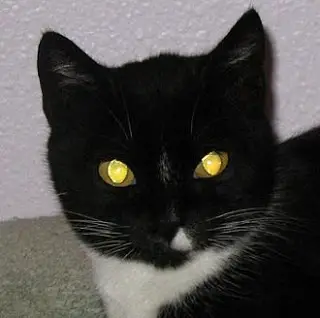
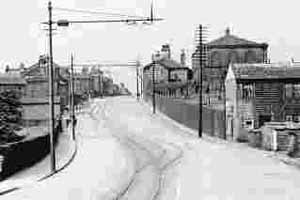
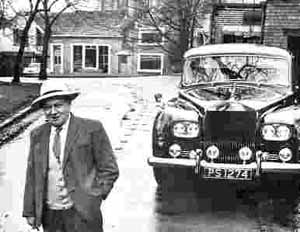
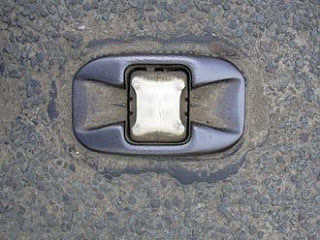
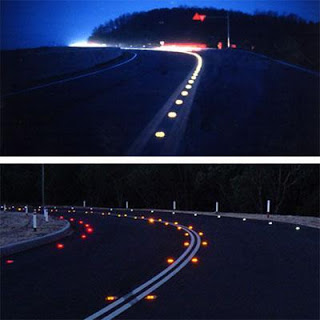
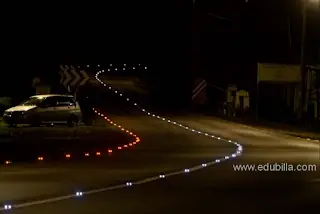







4 comments